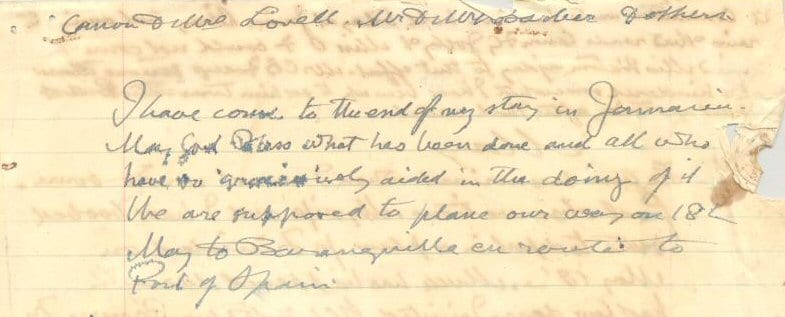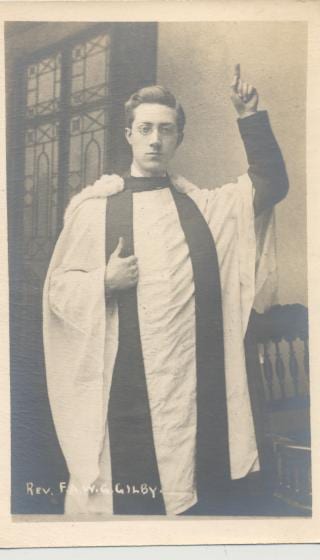From “The National Bureau for Promoting the General Welfare of the Deaf”, to “Action on Hearing Loss”
By H Dominic W Stiles, on 3 December 2011
Brief chronology 1911 to the present
1911 Founded by Leo Bonn, a merchant banker who was himself deaf, as the National Bureau for Promoting the General Welfare of the Deaf, based at 28-29 Gwydir Chambers, 104 High Holborn, London WC1
1915-1923 Comparatively inactive due to the war
1924 Reconstituted as the National Institute for the Deaf, based at 67 Frith Street, Soho Square, London WC1
1927 Moved to 2 Bloomsbury Street, New Oxford Street, London WC1 (photo in 16th annual report of work done by Selwyn Oxley – filed with Guild of St John of Beverley annual reports)
1929 First residential home at Barrowford in Lancashire established
1928 ‘Counties Association for the Deaf’ created, establishing the regional services
1934 Moved to 105 Gower Street, London WC1 on 1st December
1937 Opened first hospital-based hearing aid clinic in the UK – which became the prototype for those set up after the 1946 National Health Service Act
1946 First issue of ‘Silent World’, the Institute magazine (later ‘Hearing’, ‘Soundbarrier’, ‘See Hear’, ‘One in Seven’, now ‘Action on Hearing Loss’)
1947 Building of the Technical Laboratory commenced
1948 NID President, the Duke of Montrose, is the first recipient of an NHS Medresco hearing aid
1957 NID Personal Advice Bureau set up
1959 BBC ‘Play Precis’ scheme initiated
1961 Queen approved addition of ‘Royal’ to mark the Institute’s jubilee year
1967 Launched ‘Sound’, the UK’s first audiological journal – which in
1973 became ‘British Journal of Audiology’, the official journal of the British Society of Audiology
1971 101 and 103 Gower Street acquired for expansion
1983 The Telephone Bureau for the Deaf (TED), later renamed the Telephone Exchange for the Deaf, set up. Replaced by Typetalk in 1992
1992 Name changed to Royal National Institute for Deaf People, to reflect politically correct use of language
1994 Doug Alker, the first Deaf Chief Executive appointed
1996 Moved to 19-23 Featherstone Street, London EC1 on 15th January
2011 Celebrated centenary and updated name to Action on Hearing Loss
Brief Bibliography
Proposals for setting up a national body:
1) Quarterly Review of Deaf-Mute Education, 1898, 5, 19-27
2) Teacher of the Deaf, 1909, 7, 106
3) Teacher of the Deaf, 1910, 8, 106
4) Teacher of the Deaf, 1911, 9, 39
5) 1st annual report. National Bureau for Promoting the General Welfare of the Deaf, 1912, pp. 7-9
LILBURN, G. The years behind us. Silent World, 1954, 9, 176-80
LYSONS, C.K. Some aspects of the historical development and present organisation of voluntary welfare societies for adult deaf people in England 1840-1963. Unpublished, 1965. pp. 100-12, 274-77
MAYLED, J. RNID. 1986. pp. 9, 18-24, 31-34
Origins and early history. British Deaf News, 1979, 12, 65-67
ROWE, B.R. The National Health Service…and fifty years of hearing aids. BSA News, 1998, 25, 6-7
Silent World, 1962, 17, 270-272
The development of the Royal National Institute for the Deaf. *In* GREGORY, S. and HARTLEY, G.M. Constructing deafness. Pinter Publishers in association with the Open University, 1991. pp. 285-89
 Close
Close








